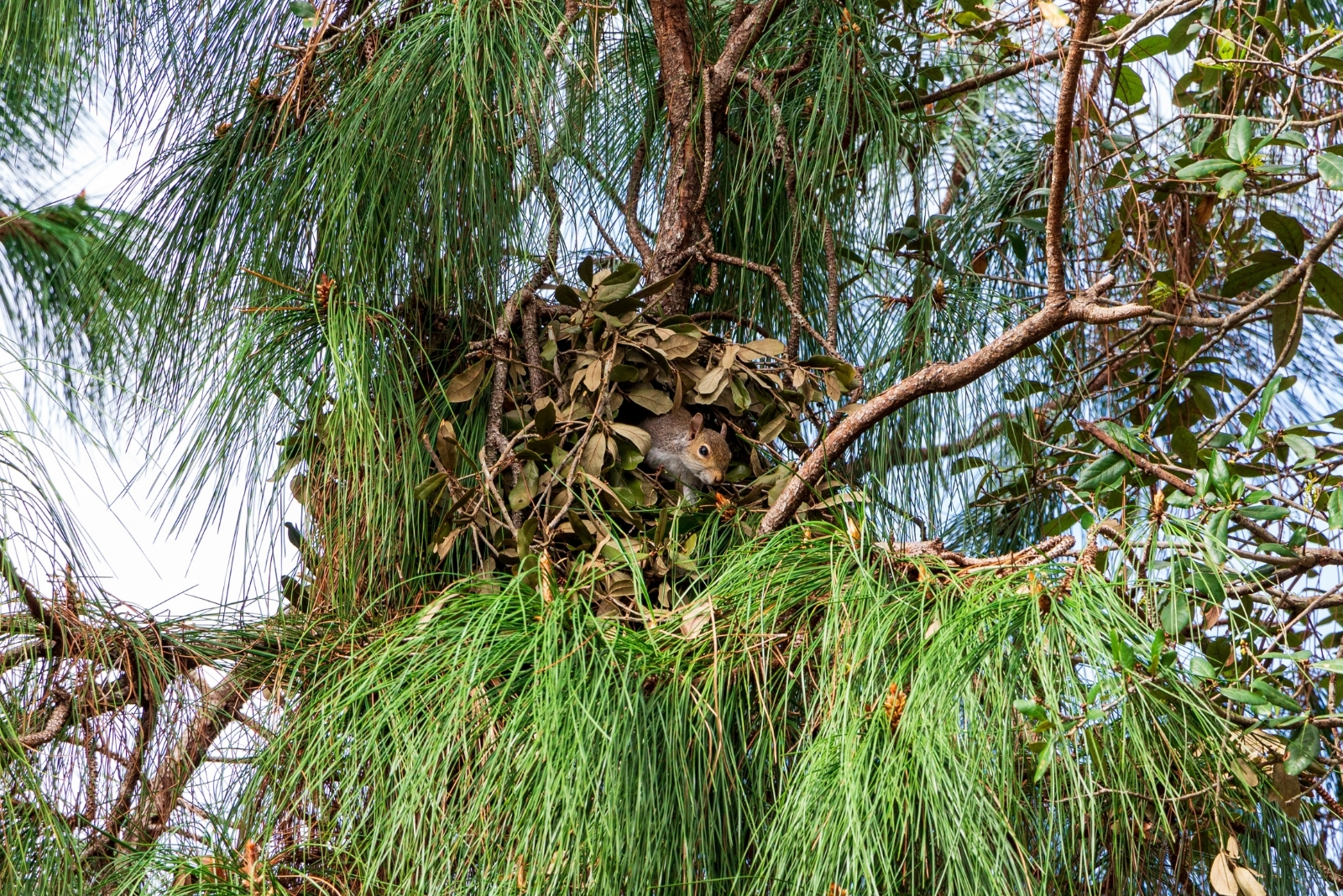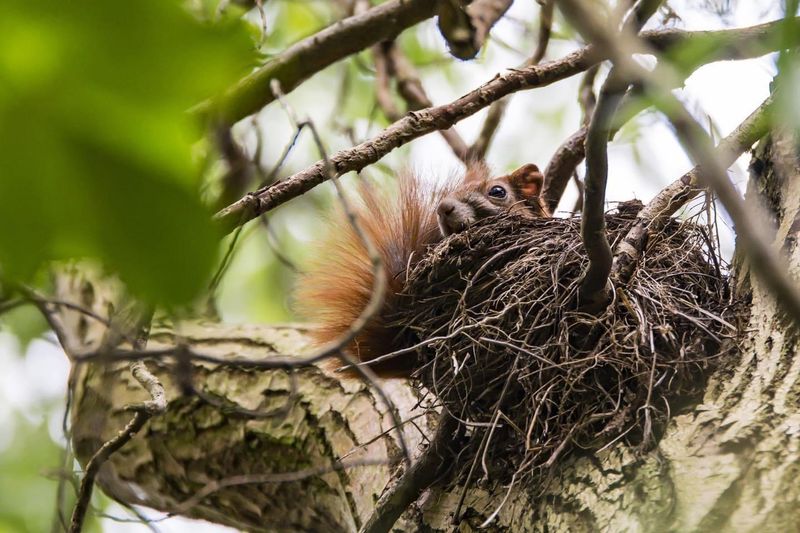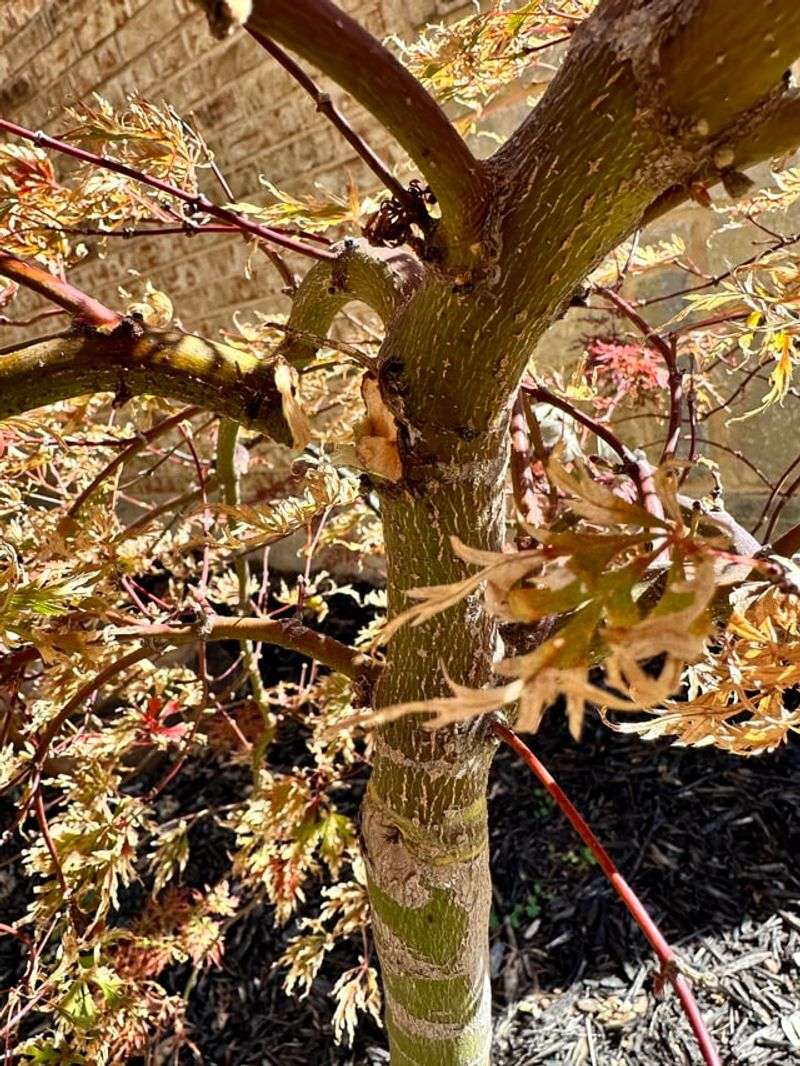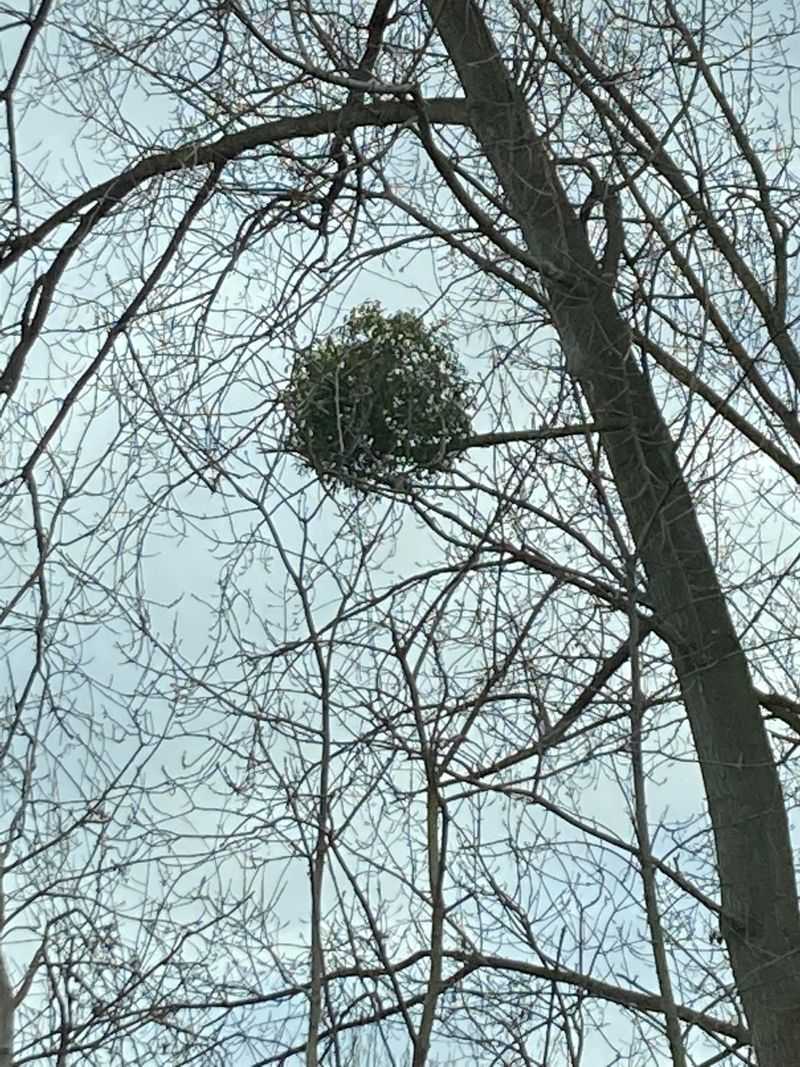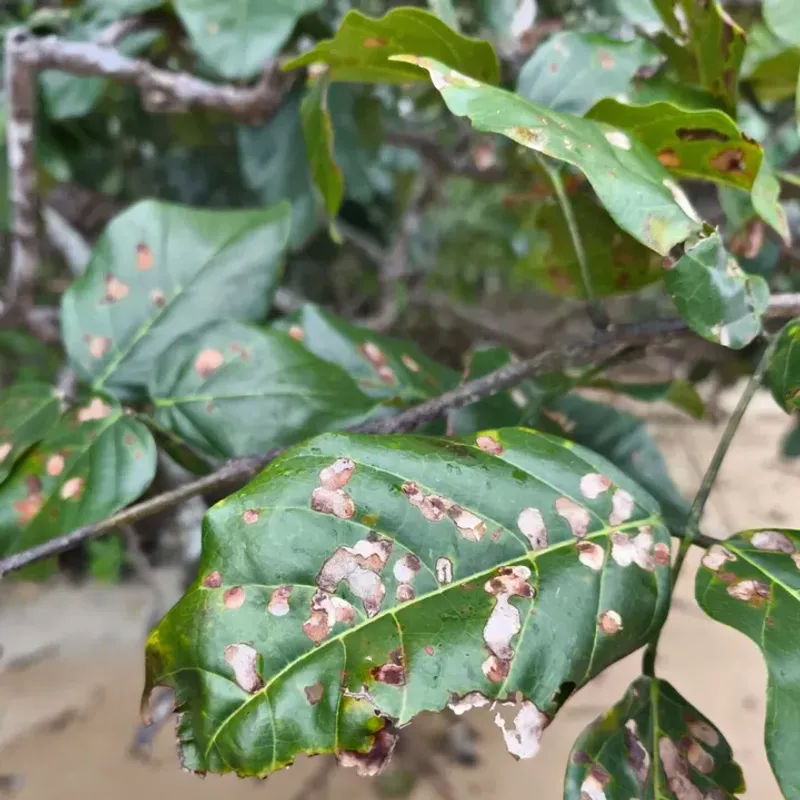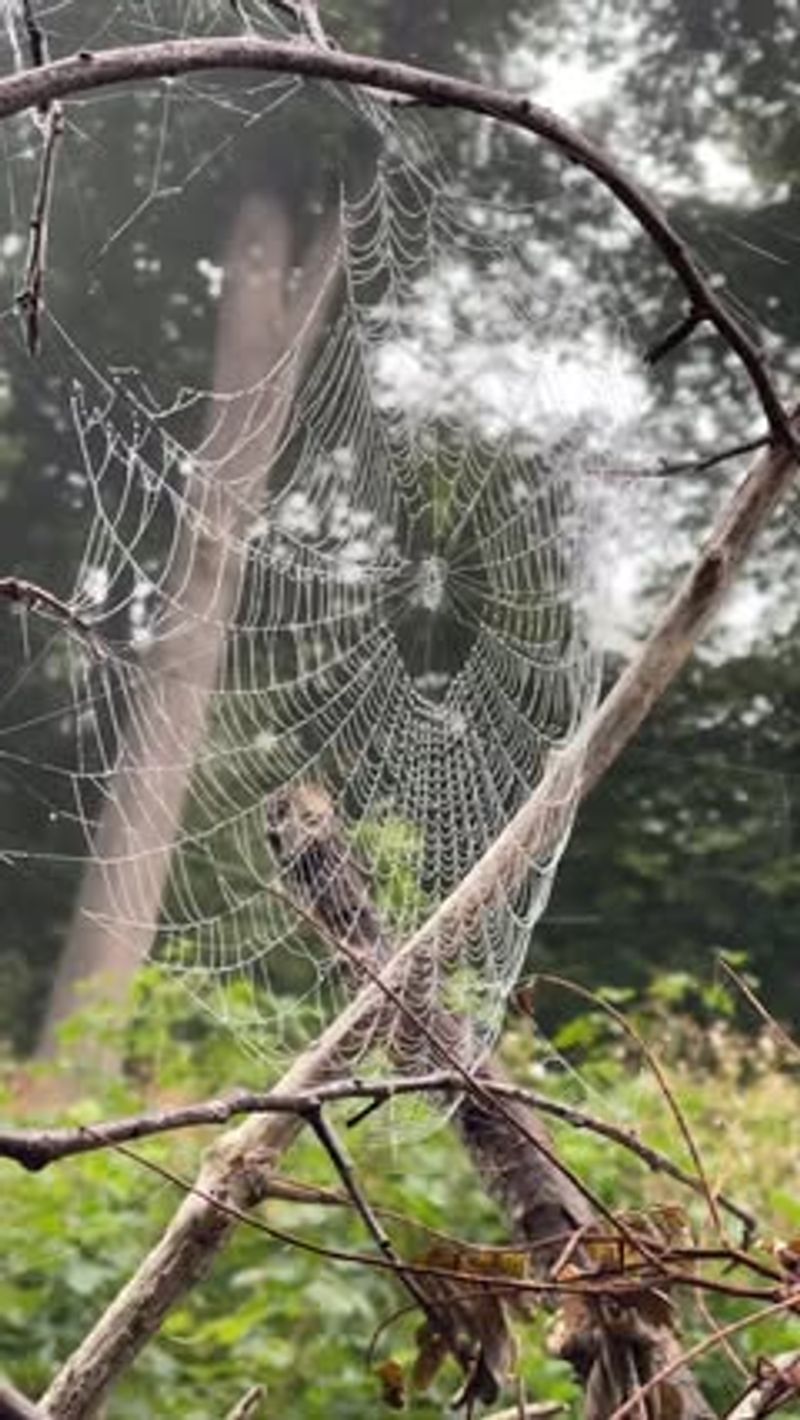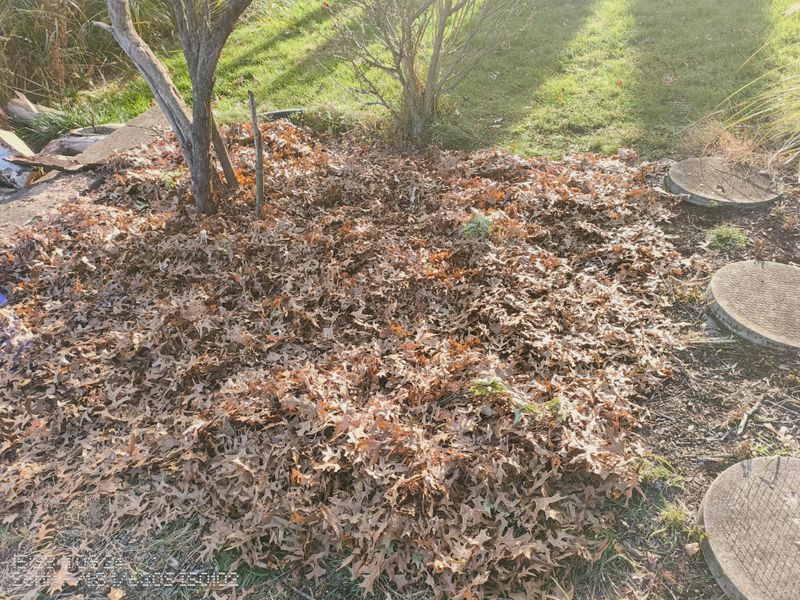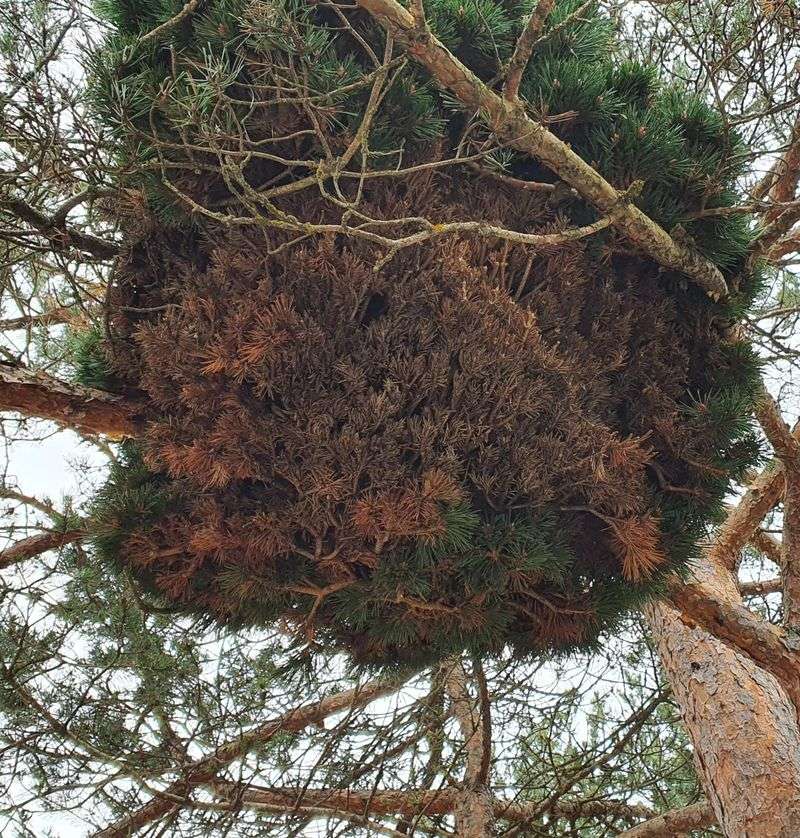If you’ve spotted a clump of leaves in your California yard, it might not be what you think. Many gardeners discover that these clusters have a surprising origin.
They could be homes to insects or other critters instead. Learn what’s really going on before disturbing it.
1. Wind-Gathered Debris
Strong Santa Ana winds sweep through California, collecting leaves and twigs in tree crotches. These natural gatherings lack the intentional weaving birds use when building homes.
What looks random is exactly that—random! In California’s oak woodlands, these leaf piles often accumulate after windy days, creating nest-like formations purely by chance.
2. Squirrel Dreys
Those leafy balls high in California redwoods? Likely squirrel homes! Dreys are messy, loose structures made from twigs and leaves, unlike the cup-shaped precision of bird nests.
California’s Western gray squirrels build these shelters year-round. They’re typically larger than bird nests and lack the careful lining that birds create for their eggs.
3. Fallen Branch Catchments
Broken branches create perfect collection points for falling debris. In California’s coastal forests, these natural platforms gather leaves, creating deceptive nest-like appearances.
The giveaway? No structure or organization. California hikers often spot these random accumulations after storms when branches break and create these leaf-catching areas.
4. Mistletoe Growths
Parasitic mistletoe forms dense, round clusters in California oak trees. From below, these growths mimic bird nests but are actually plants stealing nutrients from their hosts.
Throughout California’s valleys, these evergreen balls remain visible year-round. Their symmetrical appearance might fool casual observers, but they’re firmly attached to branches unlike actual nests.
5. Leaf Disease Clusters
Some tree diseases cause leaves to bunch together in California’s forests. These infected leaf clusters form tight balls that resemble nests but result from fungal or bacterial issues.
Commonly seen in California’s eucalyptus groves, these disease formations stay attached even when healthy leaves drop. Their unnatural clumping pattern is a telltale sign of plant pathology, not avian architecture.
6. Spider Web Collections
Spider webs catch falling leaves, creating surprising accumulations in California’s woodland areas. Over time, these sticky traps gather enough debris to look surprisingly nest-like.
California’s diverse spider species build various web types. The leaf-filled webs are most common in fall when deciduous trees shed their foliage, creating these curious formations throughout the state’s forests.
7. Human-Made Debris
Sometimes what looks natural isn’t! Paper bags, plastic, or other trash caught in California trees can gather leaves and resemble nests from a distance.
California’s urban parks often feature these deceptive formations. Wind carries lightweight litter into branches where it becomes camouflaged with natural materials, creating convincing but artificial nest-like structures.
8. Witch’s Brooms
Dense twig clusters called witch’s brooms form when California trees respond to stress or infection. These abnormal growth patterns create tight, nest-like bundles of small branches.
Common in California’s pine forests, these formations result from fungal infections or mites. Their distinctive dense branching pattern may fool bird-watchers, but they’re actually a fascinating tree growth abnormality.

